We spend a ridiculous amount of our time glued to screens, but there’s nothing quite like holding a physical book in your hands. Unwrapping it, smelling it, and flicking through its pages is an experience in itself that especially the tech industry seems to cherish. And so 2018 has been another great year for web design and front end development books.
This year’s roundup features all the hot topics in our industry: inclusive and ethical design, cutting-edge CSS techniques, progressive web apps, customer experience design for a complex world, as well as business and time management tips—there’s something for everyone.
Of course all the titles on our list are also available in digital formats, because we also love the convenience of storing a ton of books on our devices, so we can read them whenever we like.
Enjoy, and happy holidays!
You might also like: 10 Sustainable Holiday Gifts For Designers and Developers in 2018.
1. Solving Product Design Exercises by Artiom Dashinsky
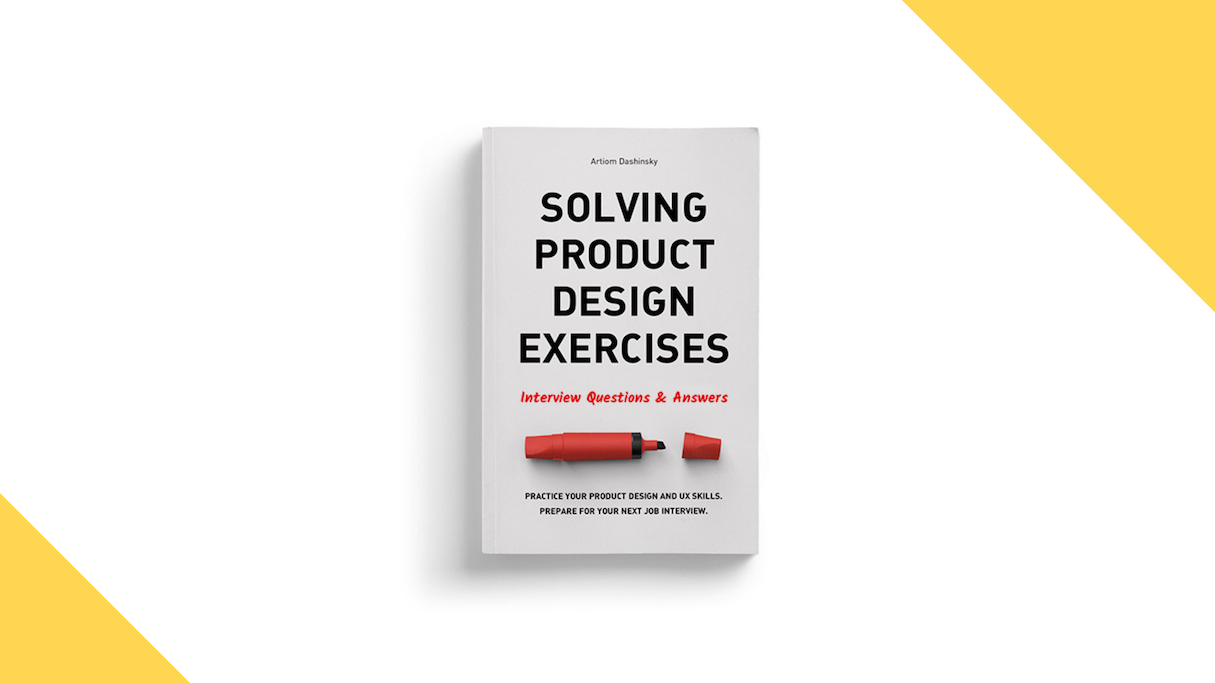
Product designer Artiom Dashinsky, based in Tel Aviv and Berlin, led the design of several digital products at WeWork. As a lot of designers he interviewed for roles didn’t understand their role in the context of the business, he began publicly sharing the exercises he used in the interviews. The feedback was so positive that he decided to write this book, full of interview questions and answers, to help designers practice their skills, prepare for interviews, advance their careers, and add value to businesses.
The book includes a seven-step framework for solving digital product design exercises, five solutions to example design exercises, over 30 examples of whiteboard and take-home exercises, a printable PDF-canvas for practicing, and lots of tips and advice from five design leaders, including Helen Tran, former design lead at Shopify.
2. Going Offline by Jeremy Keith
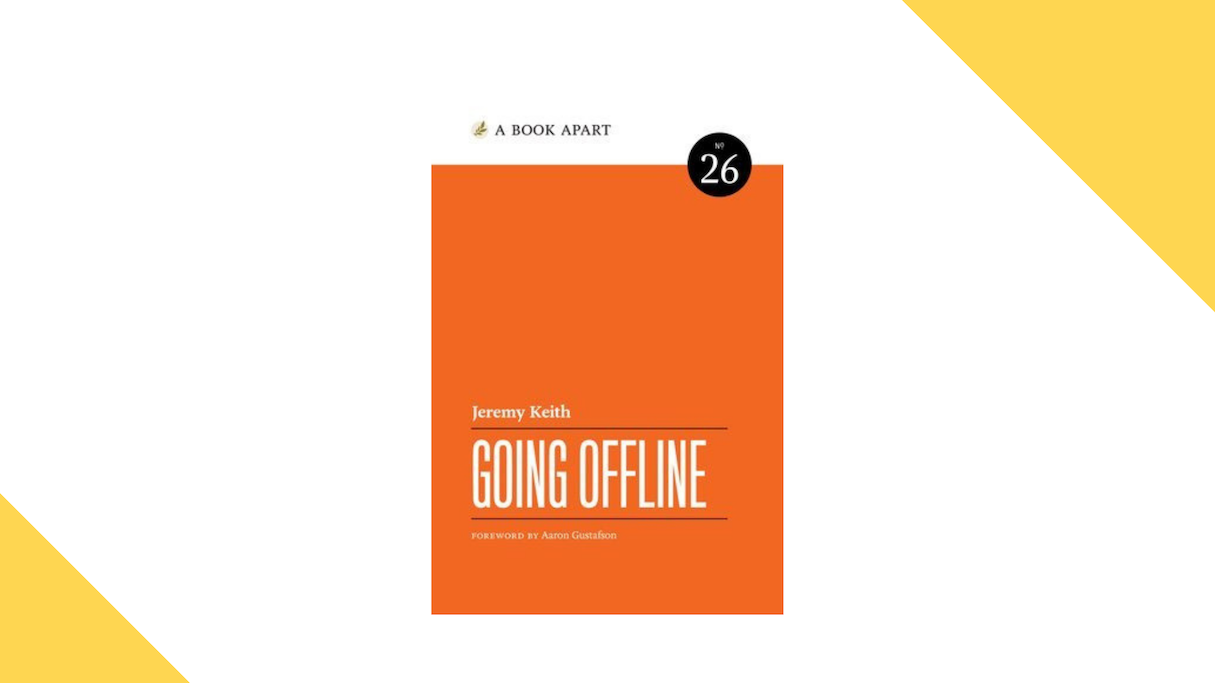
This is another must-read by Jeremy Keith, co-founder of pioneering UX consultancy Clearleft. Thanks to the exciting new Service Worker API, it’s now possible to design ideal offline experiences and make websites and applications accessible for every user—even on spotty, unreliable networks. Starting with no assumption of JavaScript knowledge, Jeremy explains the latest strategies, the ins and outs of fetching and caching, how to enhance your website’s performance, and more.
Extremely beginner-friendly and approachable, it can be read in half a day and will help you get Service Workers up and running in no time.
3. Progressive Web Apps by Jason Grigsby
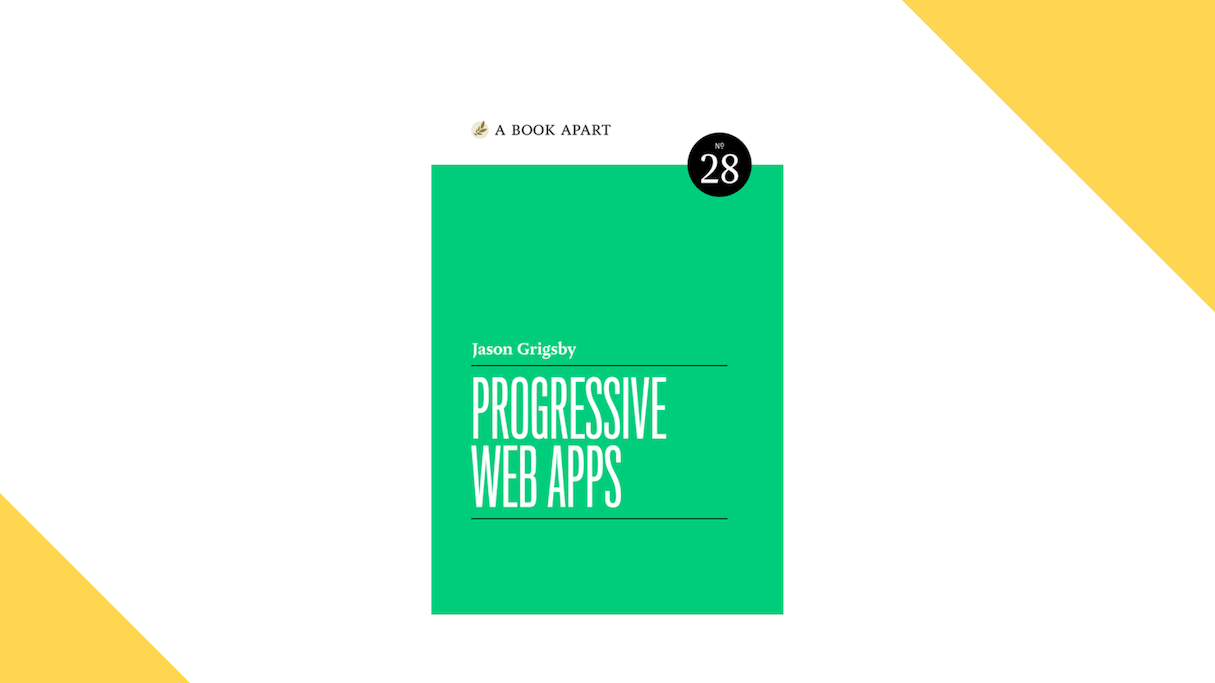
The perfect companion to Going Offline, this practical guide dives into progressive web apps—apps that look and feel like native ones, work offline, and are available to anyone. Jason Grigsby, co-founder of web consultancy Cloud Four, explores why you should build a progressive web app, what it should do, and how to put together a roadmap for building it, so that you create the most value for your users.
If you’re grappling with what progressive web apps are and how to make the case for them in your organization, this is the book to read. It doesn’t have any code in it, and is more aimed at the rest of the team rather than developers, to help them understand what decisions they need to make and how those decisions impact users and scope.
You might also like: Indexable PWAs: Making Progressive Web Apps Perform for Users and Search Engines.
4. Inclusive Components by Heydon Pickering

Designer and interface developer Heydon Pickering, who’s also written Inclusive Design Patterns, has been running a project that focuses on the design of inclusive components. The blog explores common web UI interface patterns—such as menus, content sliders, and notifications—and comes up with better, more robust, and accessible versions.
Now Heydon has turned the posts into an ebook, with updated content, illustrations, and working demos as well as syntax highlighting. Each chapter tackles a single component and how to take into account a more diverse user base when designing it. Available as a PDF, ePub, and for Kindle.
You might also like: Inclusive Design: 12 Ways to Design for Everyone.
5. Form Design Patterns by Adam Silver
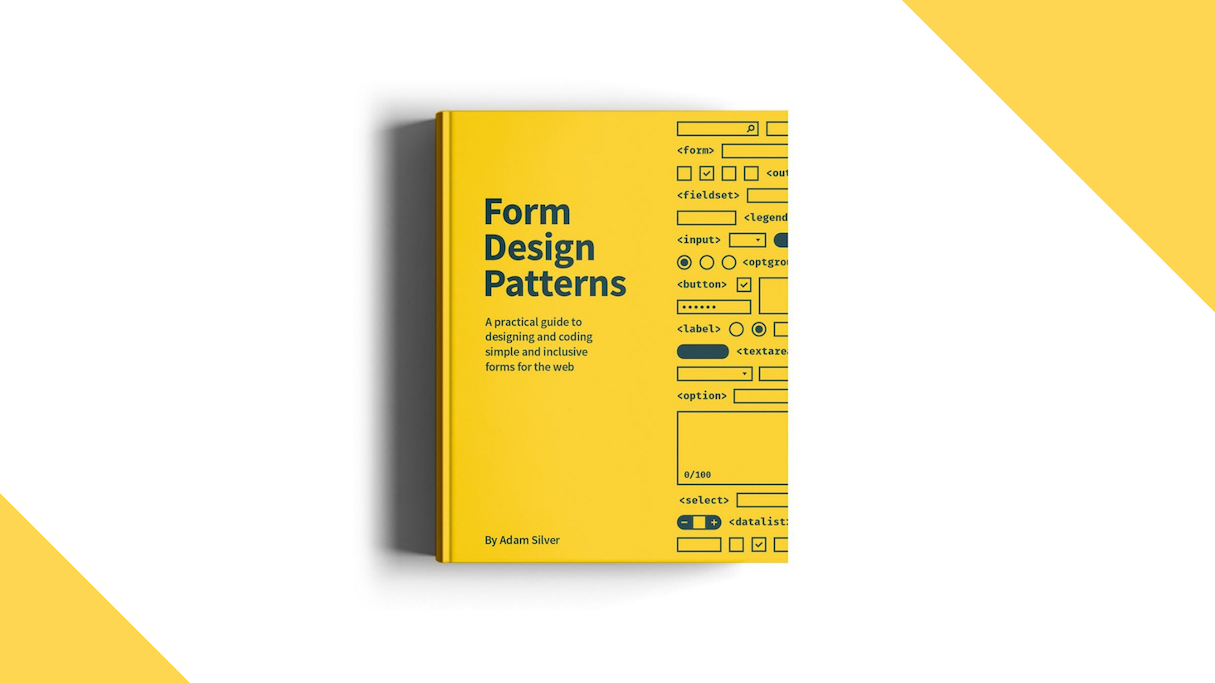
Designer Adam Silver has been obsessed with form design from day one, which in his case was almost two decades ago. He realized he was wasting a lot of time solving the same problems again and again, and wanted to focus on newer, bigger challenges. He also wanted everyone else to get better at this stuff, so he decided to write a book that covered 10 big real-world problems and how to solve them step by step. The result is a practical guide to designing and coding simple and inclusive forms for the web.
But that’s not all. Adam even made a design system to accompany Form Design Patterns, which houses all the demos, components, and patterns in the book that you can use immediately in your own projects.
6. CSS: The Definite Guide (4th Edition) by Eric Meyer and Estelle Weyl
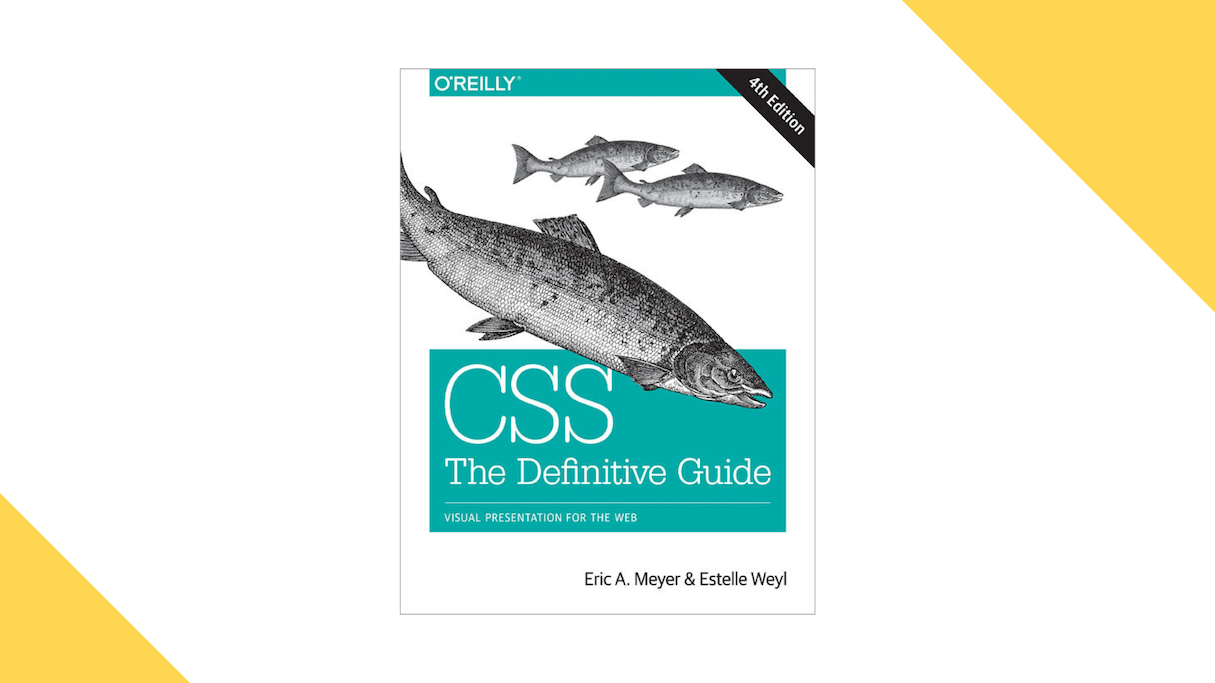
Strictly speaking, this ultimate guide to CSS came out in November last year, but we’re sneaking it onto this list because its companion, CSS Pocket Reference (5th Edition), was published in April.
Twice the length of the previous edition, every chapter has been revised and updated, and there are six entirely new chapters covering cutting-edge topics such as CSS Grid, Flexbox, animations, and blending. Eric Meyer and Estelle Weyl explain how to improve the user experience, speed up development, avoid potential bugs, and enhance applications with more sophisticated layouts, transitions and animations, borders, backgrounds, text properties, and many other tools and techniques.
There’s simply no doubt that this tome of 1,000+ pages belongs on the shelf of any self-respecting web developer.
7. Top Tasks by Gerry McGovern
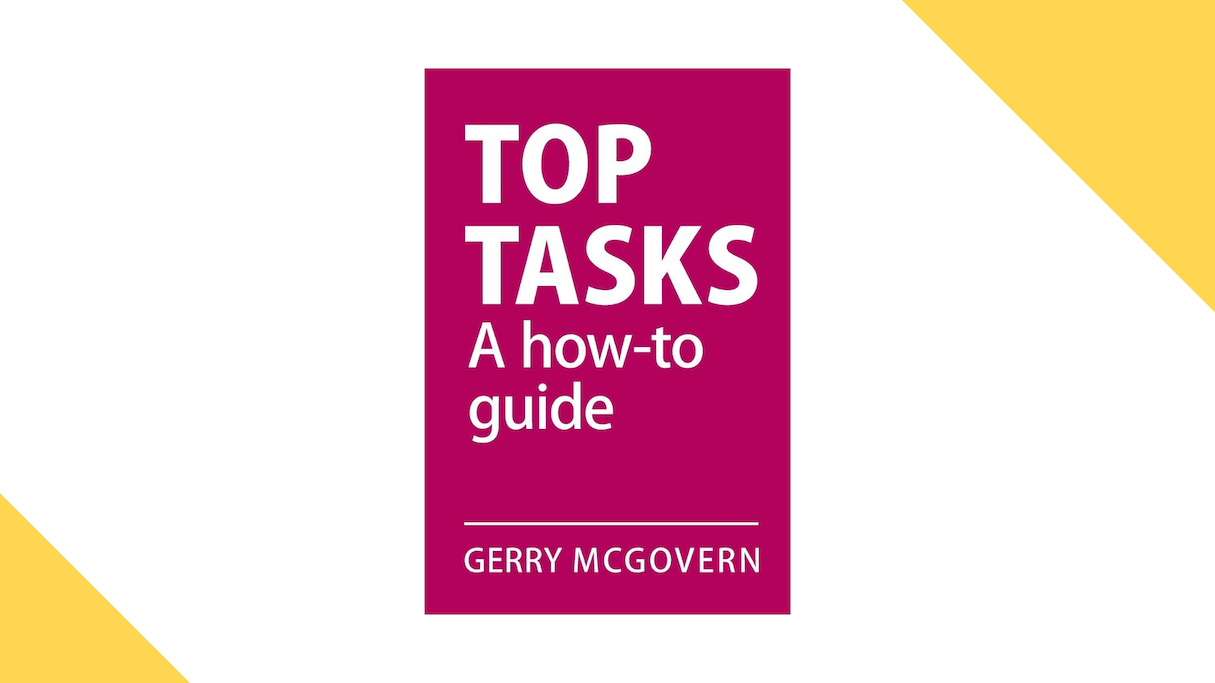
Customer experience consultant Gerry McGovern has been developing and refining his Top Tasks research methodology for more than 15 years. It helps large organizations improve the customer experience through the identification, measuring, and optimizing of top tasks—a prioritized list of what matters most to their customers. Now he’s written a practical how-to guide about it.
Top Tasks delivers an unparalleled glimpse into the minds of customers —even for organizations that are skeptical of user research. It’s crammed with advice, very down to earth, and funny. And it’s proven to work: More than 300,000 customers have participated in Top Tasks studies in over 40 countries and 30 languages, and Gerry has consulted with clients like Microsoft, Dropbox, Google, and Toyota as well as governments in the US, UK, EU, and elsewhere.
—even for organizations that are skeptical of user research. It’s crammed with advice, very down to earth, and funny. And it’s proven to work: More than 300,000 customers have participated in Top Tasks studies in over 40 countries and 30 languages, and Gerry has consulted with clients like Microsoft, Dropbox, Google, and Toyota as well as governments in the US, UK, EU, and elsewhere.
8. Orchestrating Experiences by Chris Risdon and Patrick Quattlebaum
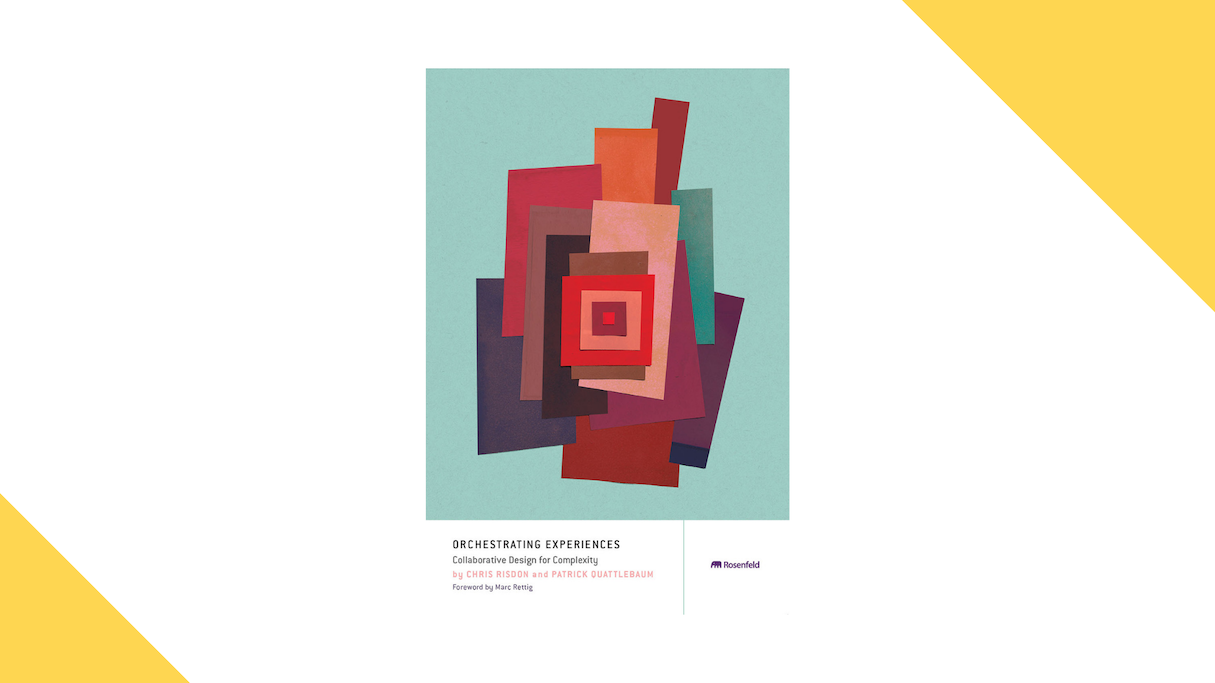
Everything has become more complicated, not least customer experiences. Now Chris Risdon and Patrick Quattlebaum, both former designers at Adaptive Path, commonly seen as one of the first user experience agencies, have written a practical guide for designers and everyone struggling to create products and services in complex environments.
It covers the key concepts related to understanding and improving the experience architecture of products and services, outlines how to facilitate a cross-functional team through the process of better understanding customer needs, and explains how to generate ideas collaboratively to unite stakeholders and inspire action.
9. Meeting Design by Kevin Hoffman
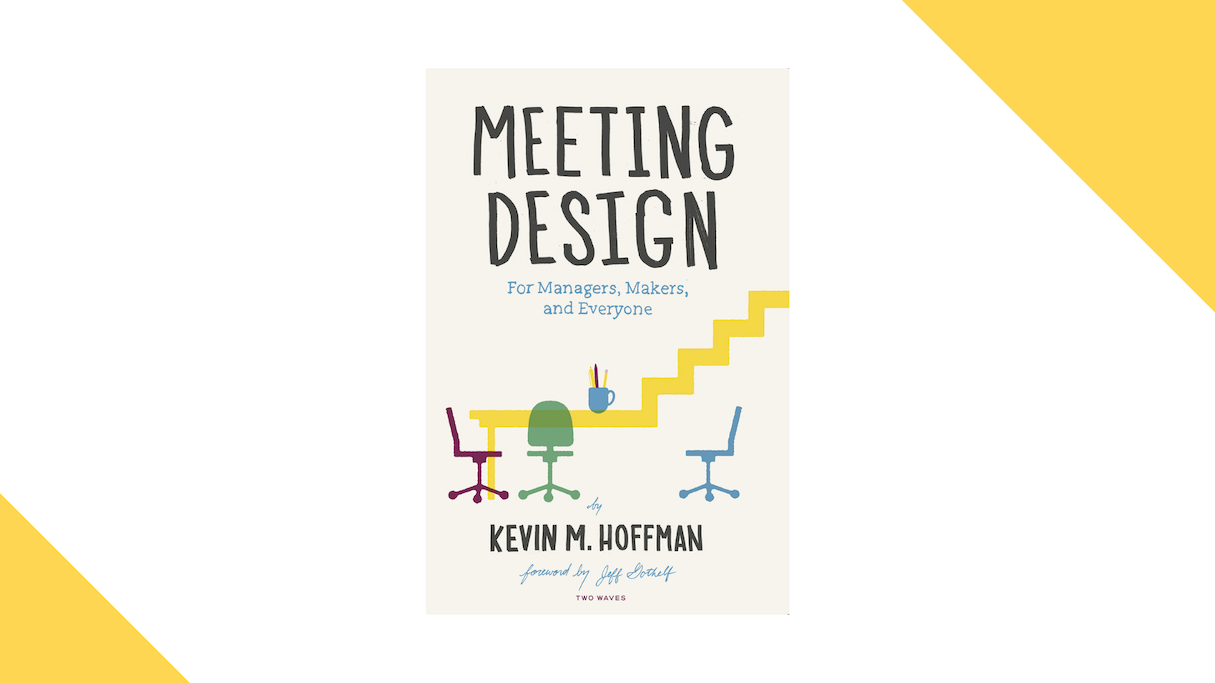
How much time do you waste in bad meetings? If the answer is ‘a lot’, then you might want to read this excellent book by information architect and design strategist Kevin Hoffman. He’s so passionate about improving meetings that he talks about the topic at conferences around the world, runs workshops on it, and has consulted with companies like MTV, Walmart, and Nintendo to transform their meeting cultures.
In Meeting Design, a guide for managers, makers, and anyone else who attends meetings, Kevin suggests treating meetings as a design problem. He discusses principles, approaches, and best practices to turn them into a valuable tool that we can use to be a lot more productive and creative. Your meetings will never be the same.
Also check out this interview with Kevin, in which he explains how to avoid pointless meetings, the three steps for planning a meeting, how to rescue a bad meeting when you’re in the middle of it, and more.
10. Designing with Sound by Amber Case and Aaron Day
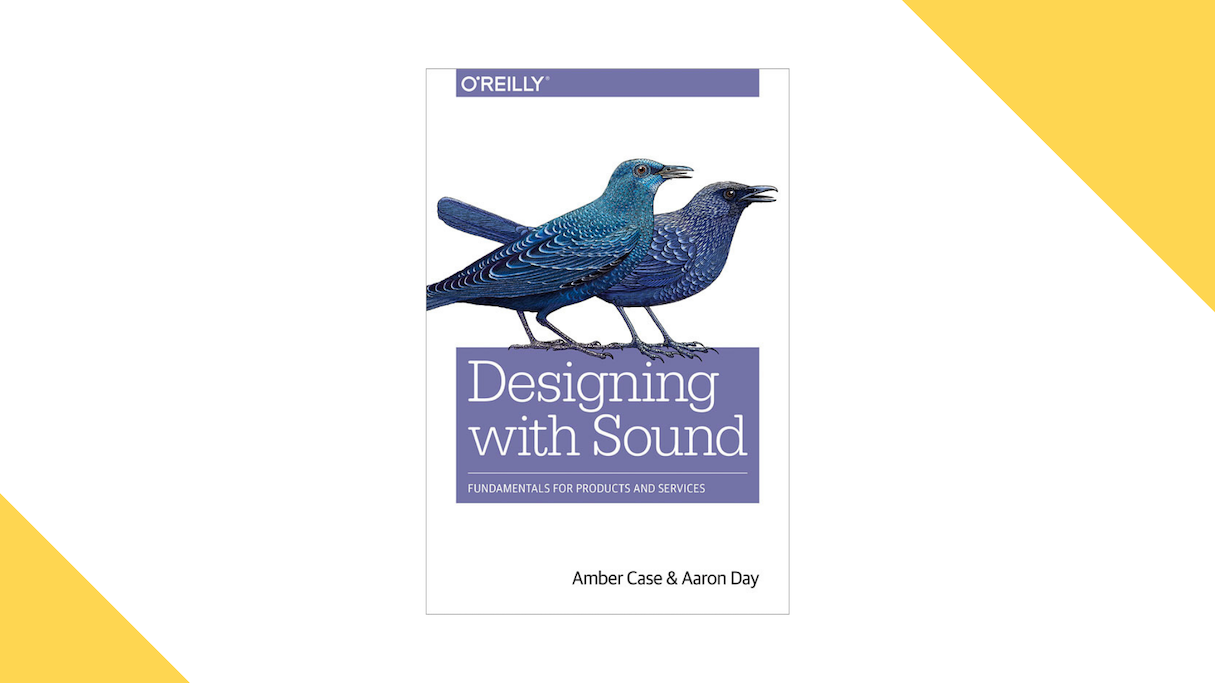
Sound is one of the most commonly overlooked components in product design, even though it’s often the first way people interact with a product. It can make or break an experience. So for her latest book, user experience designer and cyborg anthropologist Amber Case has joined forces with sound designer Aaron Day to explain why sound design is critical to the success of products, environments, and experiences.
You’ll learn a complete process for designing, prototyping, and testing sound; when to use voice interfaces; principles and patterns for designing quieter products; guidelines for adding and removing sound in interactions; and much more.
11. Emotionally Intelligent Design by Pamela Pavliscak

Technology has become deeply integrated into every aspect of our lives. New products designed to make our lives easier and add value to our lives launch every week, but technology often also makes us miserable. According to futurist Pamela Pavliscak, founder of design research company Change Sciences, we need to rethink how we create products and design for happiness instead.
In her book, Pamela explores the latest research around positive psychology, technology that engages emotion, emotional design practices, the ethics involved, and more. It’s a fascinating look into how we can create a more empathetic future.
12. Automating Humanity by Joe Toscano
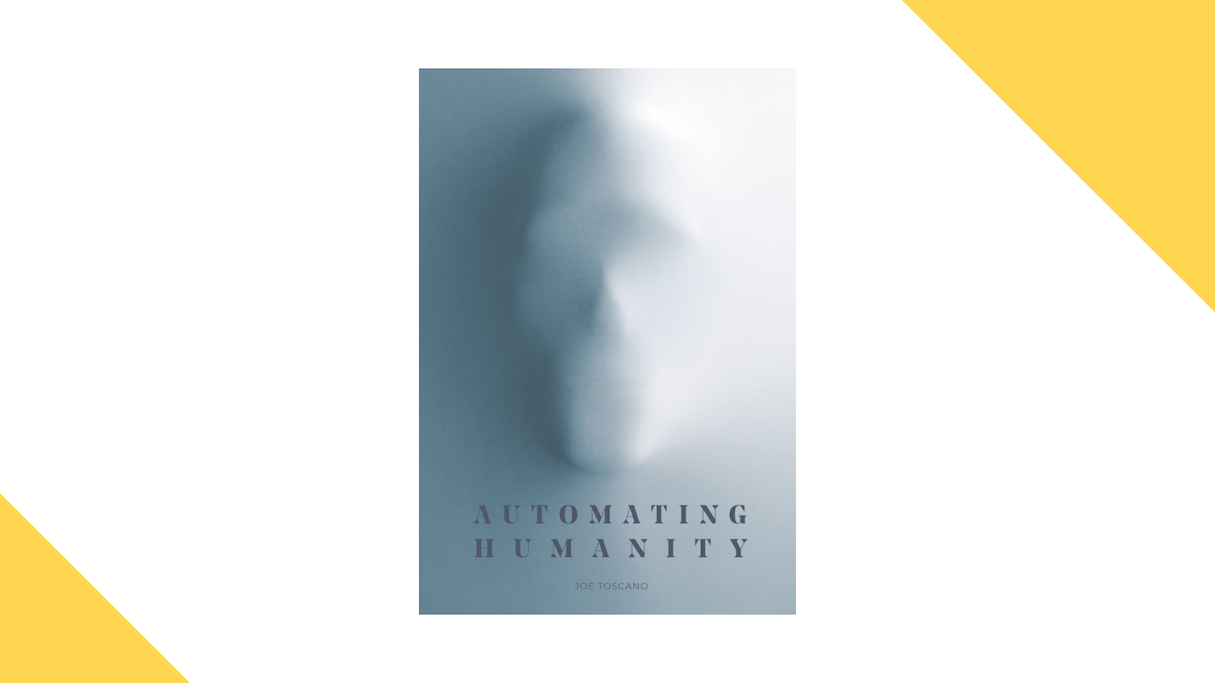
Originally, experience designer Joe Toscano set out to write an ultimate guide to chatbots. Last year ago, however, he decided to quit and step away from his consulting role for Google due to ethical concerns. Since then, he’s set up Design Good, a non-profit organization on a mission to create a better future through technology. The book pivoted into a manifesto that, “unravels and lays bare the power agendas of the world’s greatest tech titans in plain language.”
Beautifully designed, Automating Humanity is an insider’s perspective on everything the tech industry doesn’t want the public to know or think about. It covers the addictions companies have fuelled at a global scale, the profits being driven by fake news and disinformation, and the way companies are automating jobs at a scale we’ve never experienced before. It’s a warning to industry professionals, general consumers, and policymakers alike.
13. Future Ethics by Cennydd Bowles
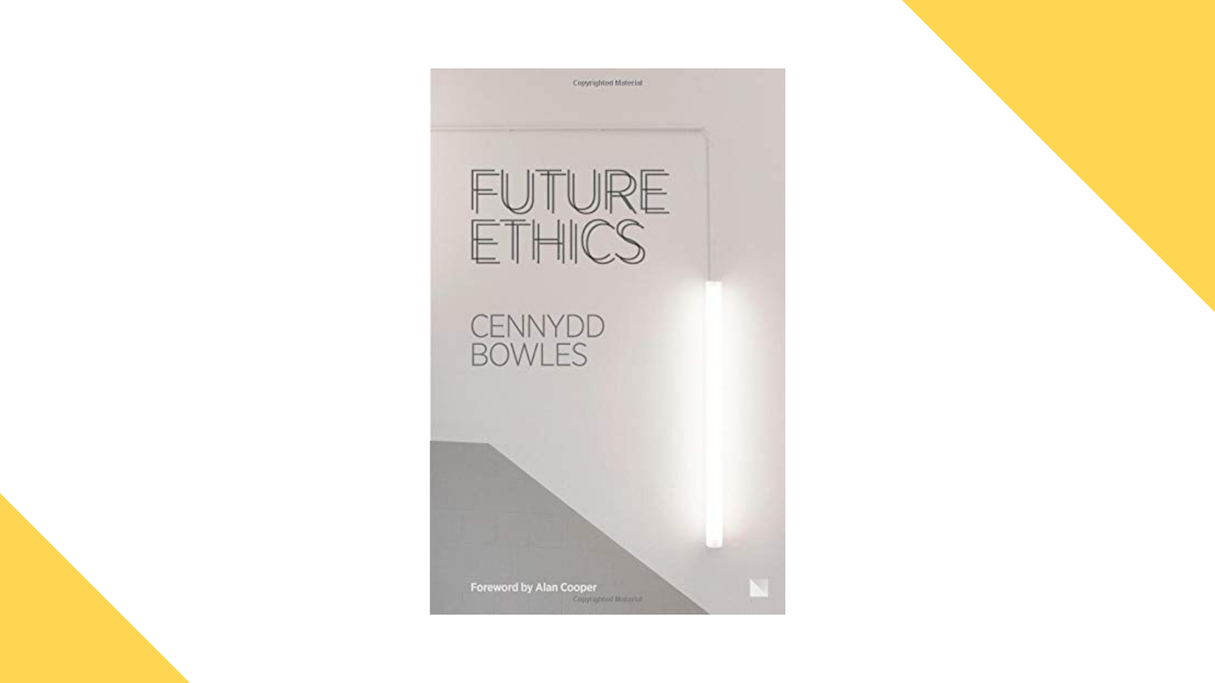
London-based digital product designer Cennydd Bowles, formerly at Clearleft and Twitter, focuses on the ethics of emerging technology in his new book. Based on years of research and consulting, it combines modern ethical theory and essential ethical principles with practical advice for designers, product managers, and software engineers to help them create more thoughtful, ethical products.
Topics covered include unintended consequences and algorithmic bias, the troubling power of persuasive technology, and the dystopias of surveillance, autonomous war, and a post-work future.
14. It Doesn’t Have to Be Crazy at Work by Jason Fried and David Heinemeier Hansson

The business books written by the founders of software company Basecamp are always full of straightforward, easy-to-follow, and often very entertaining advice. This is no exception. The premise is that ‘it’s crazy at work’ has become normal. Endless meetings, long hours, and overflowing inboxes aren’t necessary to run a successful business, however, and they’re certainly not the badge of honor many companies want you to believe they are.
Instead, Jason and David outline their strategy for creating the ideal company culture—what they call "the calm company”—and as usual they back their arguments with the lessons they’ve learned running their own business.
You might also like: 8 Time Management Tips for Freelancers.
15. Make Time by Jake Knapp and John Zeratsky
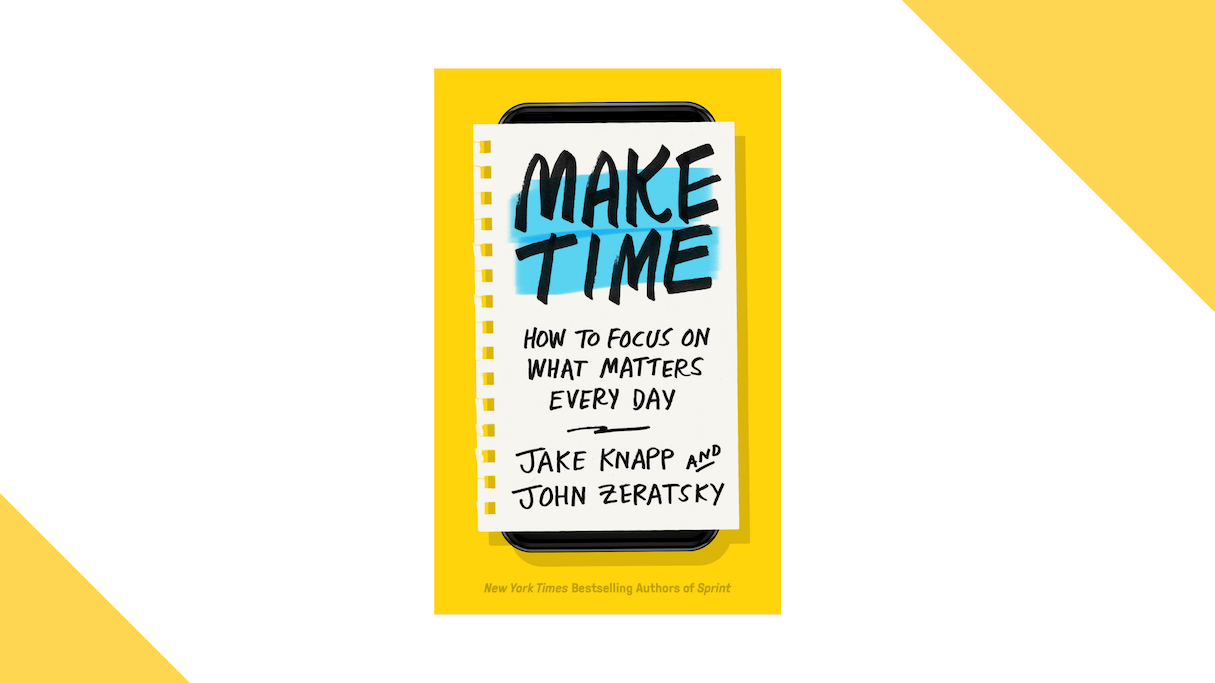
Jake and John’s previous book, Sprint, became a New York Times bestseller. It’s an essential read for anyone wanting to learn about design sprints. While Jake and John developed the sprint process at Google Ventures, they became obsessed with the idea of redesigning time, and created Time Dorks, a popular newsletter about experiments in time management. Now they’ve written a whole book about it.
Make Time includes more than 80 tactics for finding focus and building energy, as well as a four-step daily framework for choosing the ones that work best for you.
Read more
- 8 Best Practices for Designing an Ecommerce Site that Converts
- Top 10 Trends in Mobile Design in 2018
- Creating Memorable User Experiences With Website Layouts
- Top Ecommerce Resources for September
- Inclusive Design: 12 Ways to Design for Everyone
- How to Win the 2016 Ecommerce Design Awards - Part 2 with Verne Ho
- How to Integrate Shopify into your Client's WordPress Website with Zillacommerce
What books did you read this year that made a difference to your work? Share them in the comments below!




